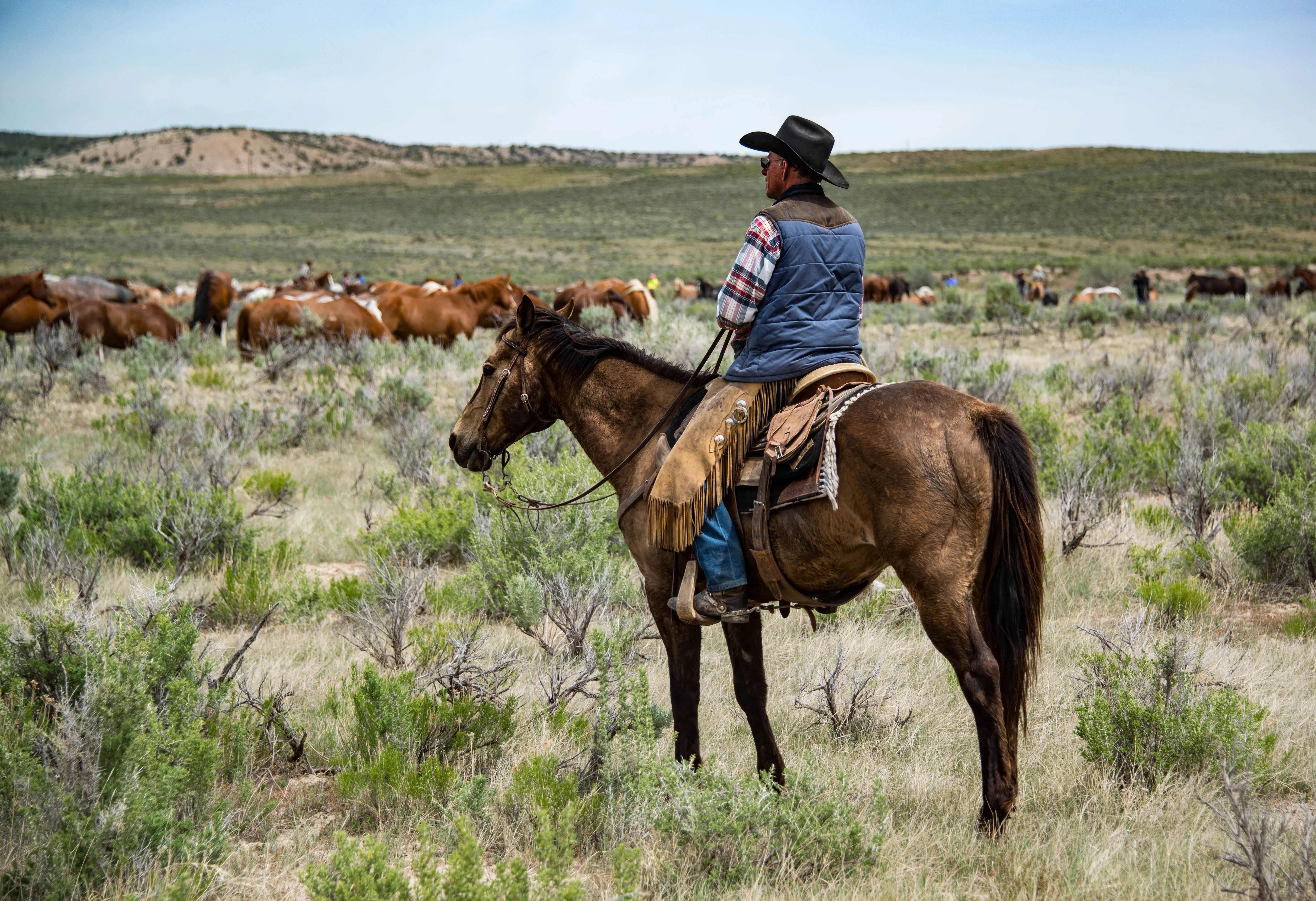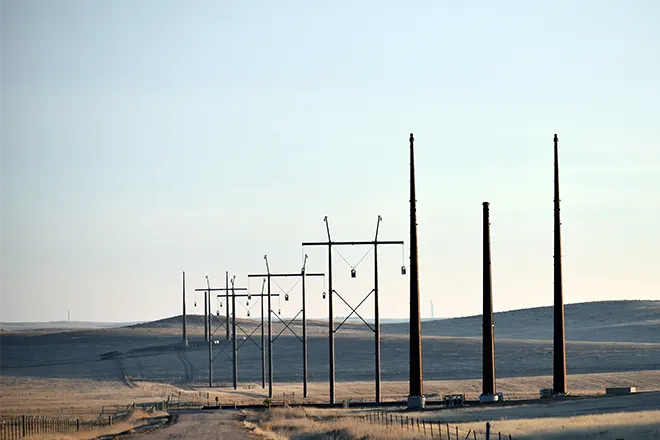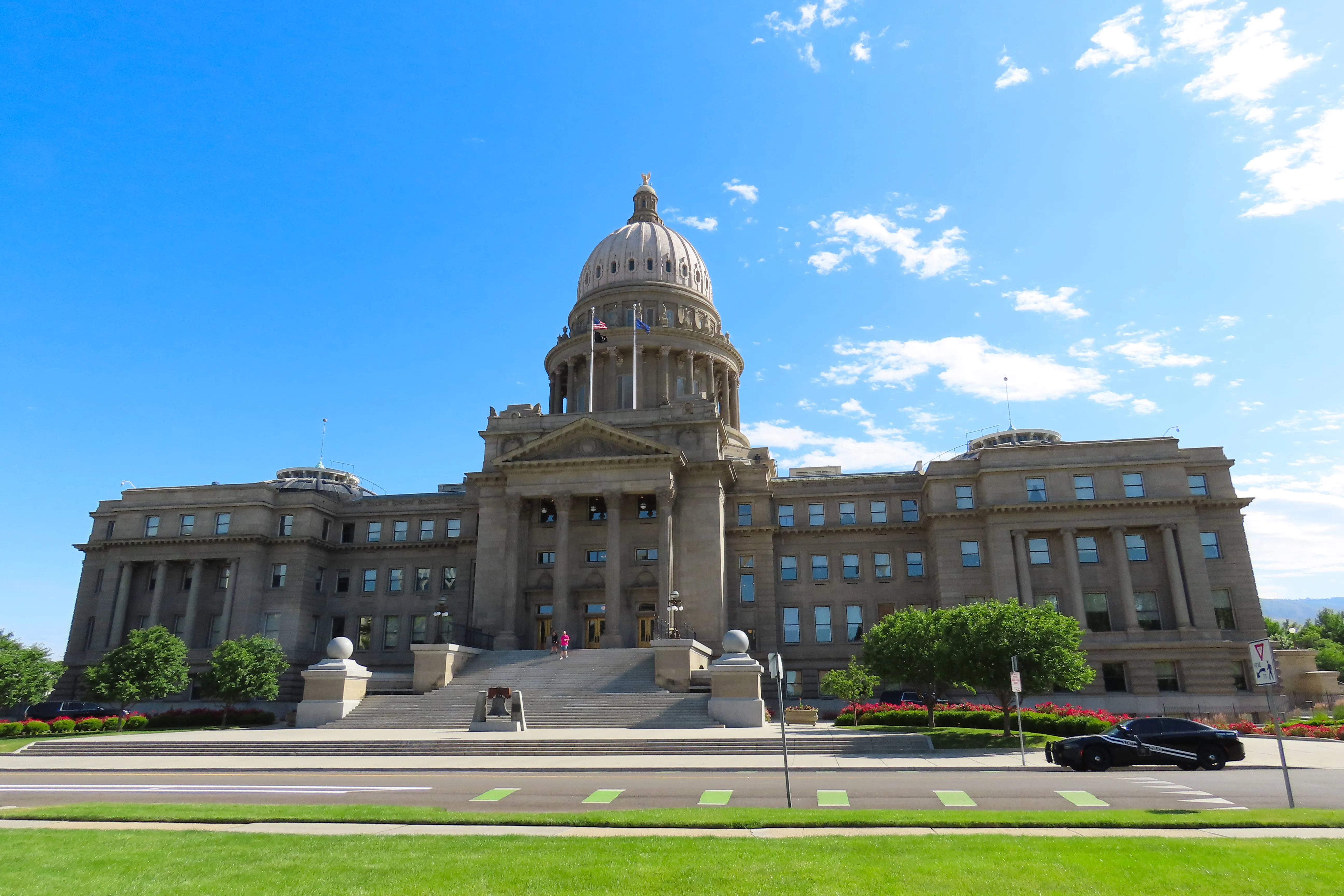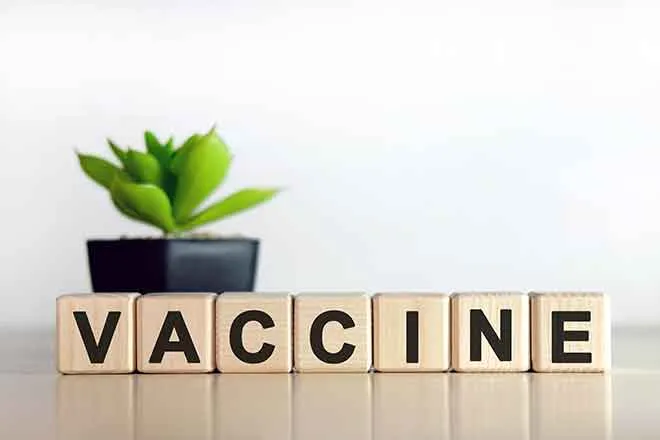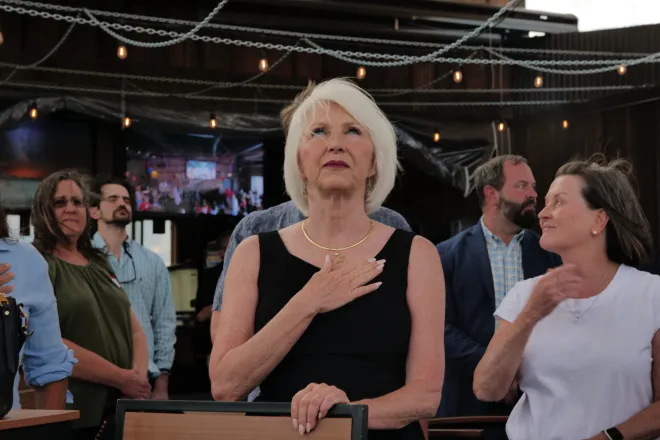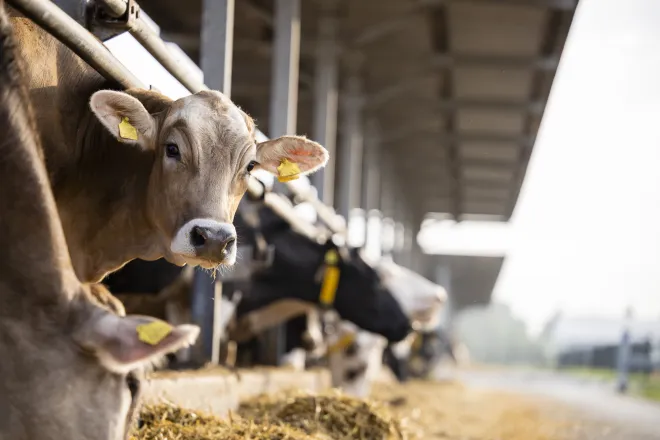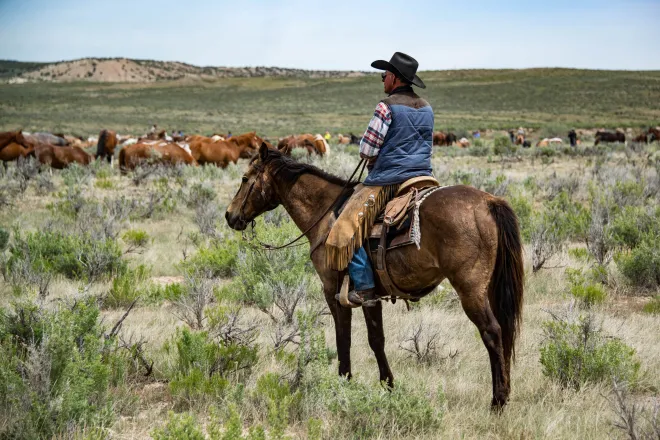
Report: Over Half of Texas’ Rural Hospitals Are at Risk of Closure
When Bill Elliott had a heart attack in 2019, it took his neighbor 45 minutes to drive him to an emergency room. He lived in Trinity, a small town in East Texas, where the county’s only hospital had closed two years earlier, leaving residents without immediate access to emergency care.
“They had to drive to Livingston, which is 45 minutes away, with my dad having a heart attack,” Amber Elliott, Bill Elliott’s daughter, said. “You’re talking two-lane country roads. There’s no highway.”
At the hospital in Livingston, doctors found that Bill Elliott’s enzyme levels were rising—a sign his heart attack was worsening—and decided he needed to be transferred by ambulance to a larger facility in Lufkin, another hour away. He spent four days there before being discharged and returning home to Trinity.

© iStock - gguy44
When the hospital in Trinity reopened under new ownership in February 2024, Amber Elliott, who traces her family’s history in Trinity back to 1836, was relieved knowing emergency care was, once again, close to home.
But just fourteen months later, that relief vanished. Mid Coast Medical Center – Trinity shut its doors in April of 2025, citing mounting financial challenges. Residents are once again facing a nearly 30-mile trip to the nearest hospital.
Texas is home to 156 rural hospitals, but more than two-thirds are in jeopardy, according to a June report from the Center for Healthcare Quality and Payment Reform (CHQPR). Recent data indicates that 108 of those hospitals have reduced or lost critical services. Eighty-seven are at risk of closure, and 22 face the threat of shutting down immediately.
“Despite our team’s tireless work to restore services in Trinity, we are simply unable to continue operations under the current financial circumstances,” said Brett Kirkham, chief executive officer of Mid Coast Health System, in a press release.
Marjory Pulvino, president of the Trinity Memorial Hospital District, said the hospital didn’t close due to a lack of demand, but because of financial strain caused by delayed reimbursements from Medicare, Medicaid, and private insurers—issues that began soon after the facility reopened.
“The hospital was seeing approximately 400 patients a month in the emergency room. For such a small community, that’s a lot,” Pulvino said.
Trinity County, home to more than 14,000 residents, has a growing need for healthcare access. Nearly 27% of the population is over 65, significantly higher than the national average.
“There are so many people who need that hospital,” Amber Elliott said. “But now, for any emergency, there’s nothing.”
Trinity County is also home to several summer camps, which Amber Elliott said once depended on the local hospital for treating injuries and emergencies. “We have three camps,” Amber Elliott said. “There’s no hospital here if something were to happen at those camps.”
A Statewide Crisis
Texas is all too familiar with stories like that happening in Trinity today. The state leads the nation in rural hospital closures, with 25 shutting down over the past two decades.
John Henderson, CEO of the Texas Organization of Rural & Community Hospitals (TORCH), said the crisis stems from a mix of financial and demographic pressures. Compared to urban areas, rural communities often have older, sicker, poorer, and more underinsured populations, along with lower patient volumes and limited purchasing power.
“A lot of our rural hospitals are independent, and they’re trying to buy supplies and equipment, and they really have no leverage in the market the way a big urban hospital or system hospital would be able to access discounts,” Henderson said.

Texas also has the highest uninsured rate in the country. Nearly 22% of adults aged 19 to 64 lacked health insurance in 2023, almost double the national average. In rural counties, the uninsured rate is even higher.
Findings from the National Bureau of Economic Research show that when an urban hospital closes, there is no change in mortality rates because people can receive care from other local health facilities. But when a rural hospital closes, patient mortality rates increase by 8.7%.
“There are consequences of a lack of access to care in terms of human life,” Henderson said.
Howard Miller, executive director of CHQPR, said rural hospital closures are especially damaging in low-density areas, like parts of rural Texas, where the hospital is often the only local source of healthcare, and sometimes the only employer of healthcare providers.
“When the rural hospital closes, everything is gone,” Miller said. “You can’t do a blood draw by telehealth.”
He warned that the full impact of rural hospital closures may not be immediately apparent. While events like heart attacks and emergencies expose the crisis right away, the loss of preventive care, such as regular check-ups and screenings, leads to long-term harm like undetected diseases and worsening chronic conditions over time.
“The person who didn’t identify the cancer at an early stage when it was treatable, or who let their diabetes get out of control and needs an amputation in five years, will happen down the road somewhere. By then, the cost of treating them is much higher than if you had done good prevention,” Miller said.
Trinity residents are well aware of these risks, both in the short term and long term.
“I hear the ambulance all the time now,” Amber Elliott said. “I think in Westwood this week, two miles out (from downtown Trinity), two or three people have passed away.”
Pulvino said the Trinity Memorial Hospital District is actively seeking a new health system partner in hopes of reopening the hospital and restoring local healthcare services.
“This is a call to action — for the Trinity community, our leaders, and our nation — to recognize the unique challenges rural hospitals face and to fight for solutions that keep care close to home,” Kirkham said.
The post Report: Over Half of Texas’ Rural Hospitals Are at Risk of Closure appeared first on The Daily Yonder.

